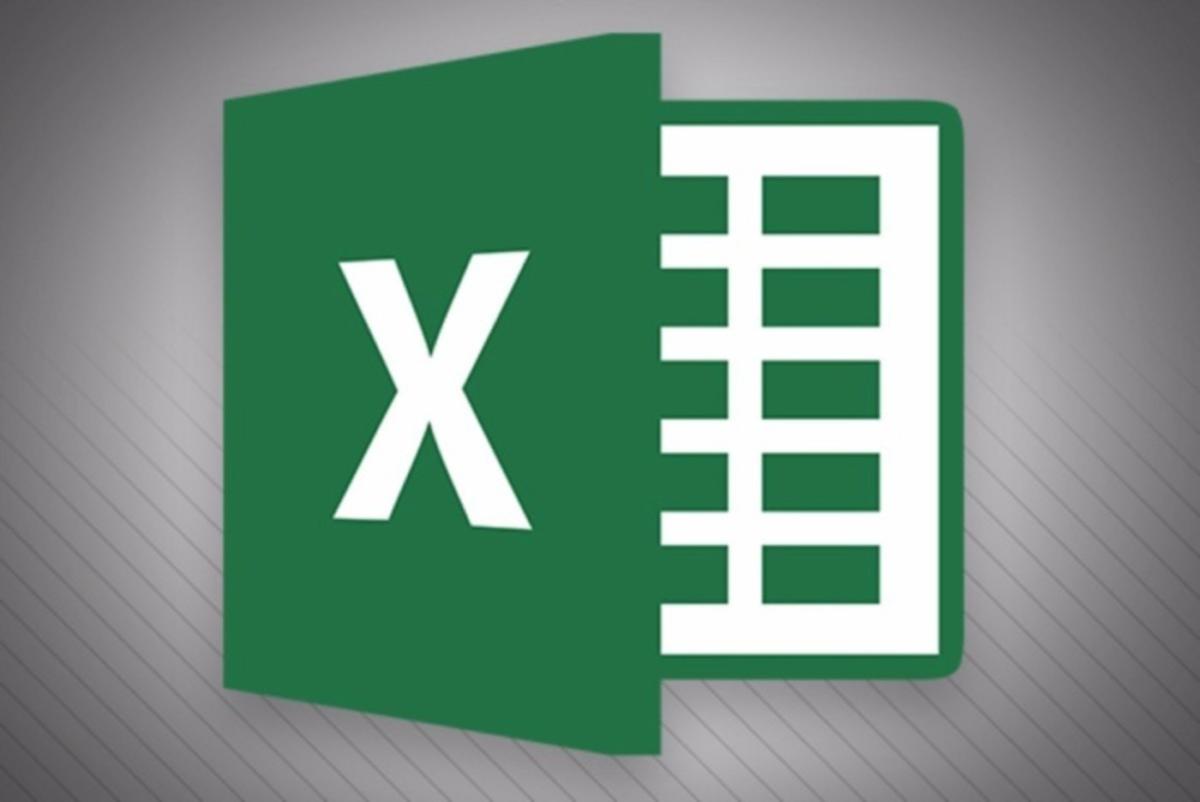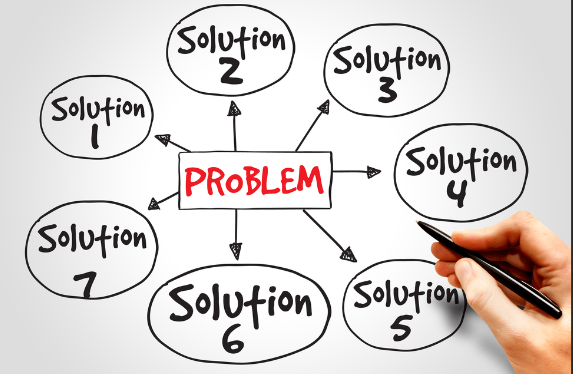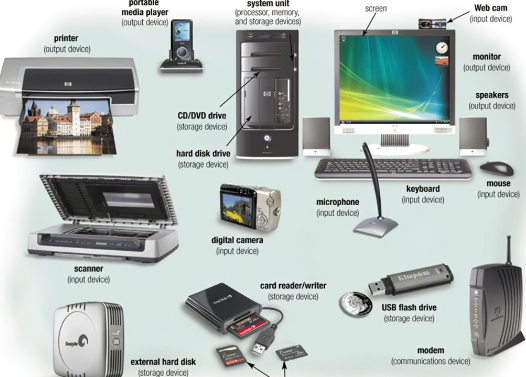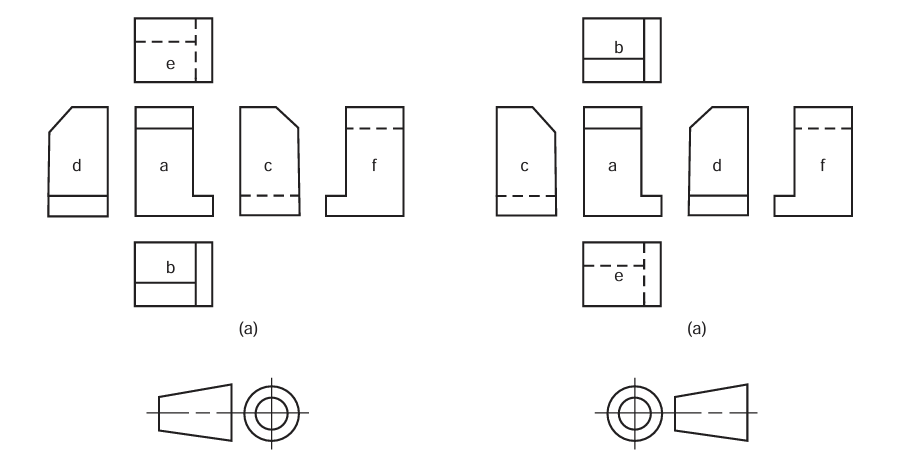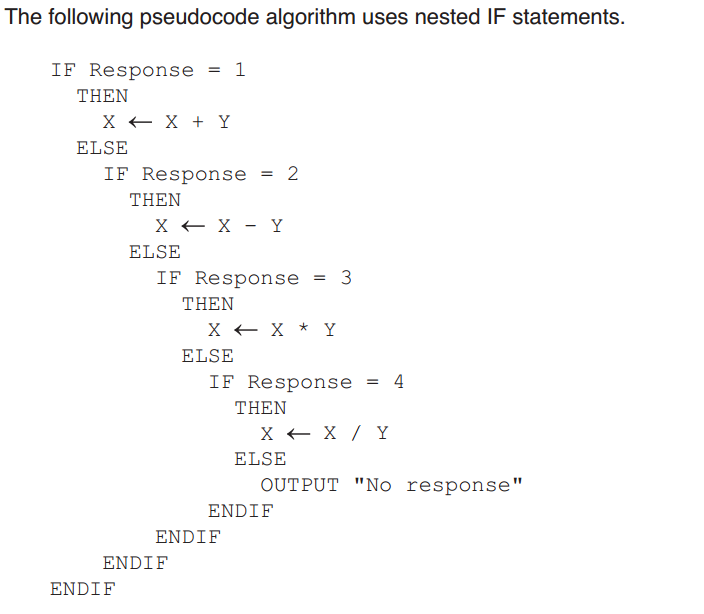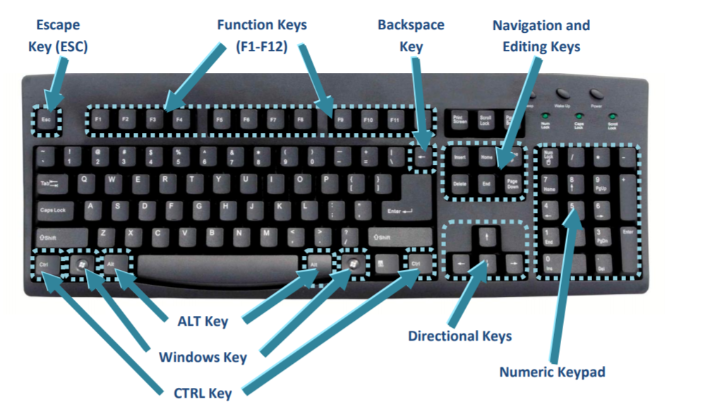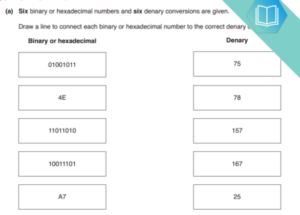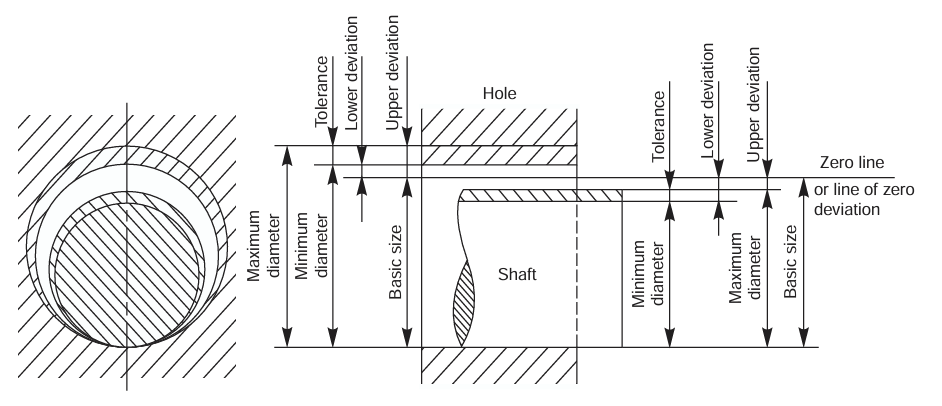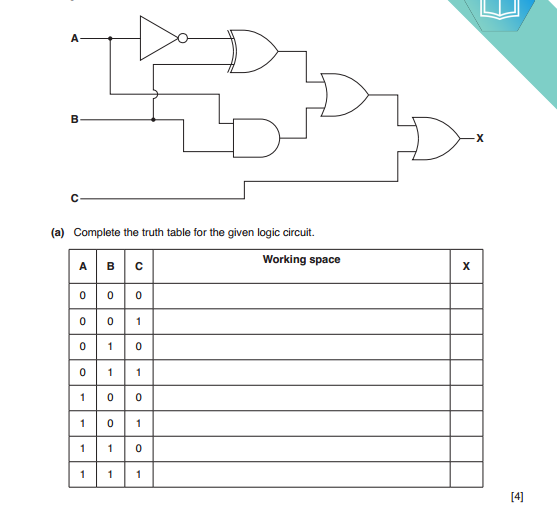In today’s digital age, scammers are becoming increasingly sophisticated in their methods to steal your money. Knowing their tricks and understanding how to protect yourself can help you stay safe from financial fraud. Here’s a rundown of common scams and tips on safeguarding your bank account.
1. Phishing
What is it? Phishing involves scammers sending emails or text messages that appear to come from a legitimate source, such as your bank. These messages often include a link to a fake website that looks almost identical to the real one.
How does it work? The scammer asks you to enter your login credentials or other personal information on the fake site. Once you enter your details, they capture the information and use it to access your account.
Protection Tips:
- Always check the sender’s email address or phone number.
- Do not click on suspicious links.
- Verify any suspicious communication by contacting your bank directly.
2. Vishing (Voice Phishing)
What is it? Vishing involves scammers calling you and pretending to be from your bank or another trusted organization.
How does it work? The scammer uses various tactics to trick you into revealing your account details, PIN, or other sensitive information over the phone.
Protection Tips:
- Be cautious of unsolicited calls.
- Never provide personal information over the phone unless you initiated the call.
- Hang up and call back using the official phone number of the organization.
3. Smishing (SMS Phishing)
What is it? Similar to phishing, smishing is done through SMS messages.
How does it work? You receive a text message with a link or a phone number to call, often claiming there’s a problem with your account or that you need to verify your information.
Protection Tips:
- Avoid clicking on links in unsolicited text messages.
- Verify any claims by contacting your bank directly using a known phone number.
4. Fake Bank Websites and Apps
What is it? Scammers create fake websites or apps that closely resemble those of legitimate banks.
How does it work? When you enter your information, it gets sent to the scammers instead of your bank.
Protection Tips:
- Always type the URL of your bank’s website directly into your browser.
- Download banking apps only from official app stores.
5. Card Skimming
What is it? Devices are attached to ATMs or point-of-sale terminals to capture card information when you use them.
How does it work? These skimmers read the magnetic strip on your card and may also capture your PIN using a hidden camera.
Protection Tips:
- Inspect ATMs and point-of-sale terminals for any suspicious devices.
- Cover the keypad when entering your PIN.
- Use ATMs in well-lit, secure locations.
6. SIM Swapping
What is it? Scammers gather personal information about you and use it to convince your mobile carrier to transfer your phone number to a new SIM card.
How does it work? They then use this number to receive SMS-based two-factor authentication codes and access your bank account.
Protection Tips:
- Use strong passwords and security questions for your mobile carrier account.
- Be cautious of sharing personal information online.
7. Social Engineering
What is it? Scammers exploit human psychology rather than technical hacking techniques.
How does it work? They might pose as bank officials, law enforcement, or IT support and use urgency, fear, or authority to manipulate you into providing confidential information.
Protection Tips:
- Be skeptical of unsolicited requests for personal information.
- Verify the identity of anyone asking for sensitive information.
8. Online Shopping and Auction Frauds
What is it? Scammers create fake online stores or auction listings.
How does it work? When you make a purchase, they collect your payment information and never deliver the goods, or they deliver counterfeit or substandard products.
Protection Tips:
- Shop only on reputable websites.
- Use secure payment methods like credit cards or payment services with buyer protection.
9. Investment and Lottery Scams
What is it? You receive an email or call about an investment opportunity or a lottery win.
How does it work? They ask for an upfront fee or your banking information to process the “winnings” or “investment,” but instead, they steal your money.
Protection Tips:
- Be wary of unsolicited investment offers or lottery wins.
- Never pay upfront fees for prizes or investments.
10. Malware
What is it? Scammers distribute malware through email attachments, downloads, or malicious websites.
How does it work? Once installed on your device, the malware can capture keystrokes, screen activity, or other sensitive information, sending it back to the scammers.
Protection Tips:
- Use antivirus software and keep your operating system updated.
- Avoid downloading unknown software or opening suspicious email attachments.
How to Protect Yourself Overall
- Be Skeptical: Always question unsolicited communications, whether by email, phone, or text.
- Verify Sources: Contact your bank or other organizations directly using official contact details.
- Secure Your Devices: Use antivirus software, keep your operating system updated, and avoid downloading unknown software.
- Use Strong Passwords: Implement strong, unique passwords for each account and enable two-factor authentication where possible.
- Monitor Accounts: Regularly check your bank statements and account activity for any unauthorized transactions.
- Educate Yourself: Stay informed about common scams and new tactics that scammers might use.
Staying vigilant and informed is the best defense against scammers looking to access your bank account. By understanding their methods and taking proactive measures, you can protect your hard-earned money from falling into the wrong hands. Stay safe and secure!


























